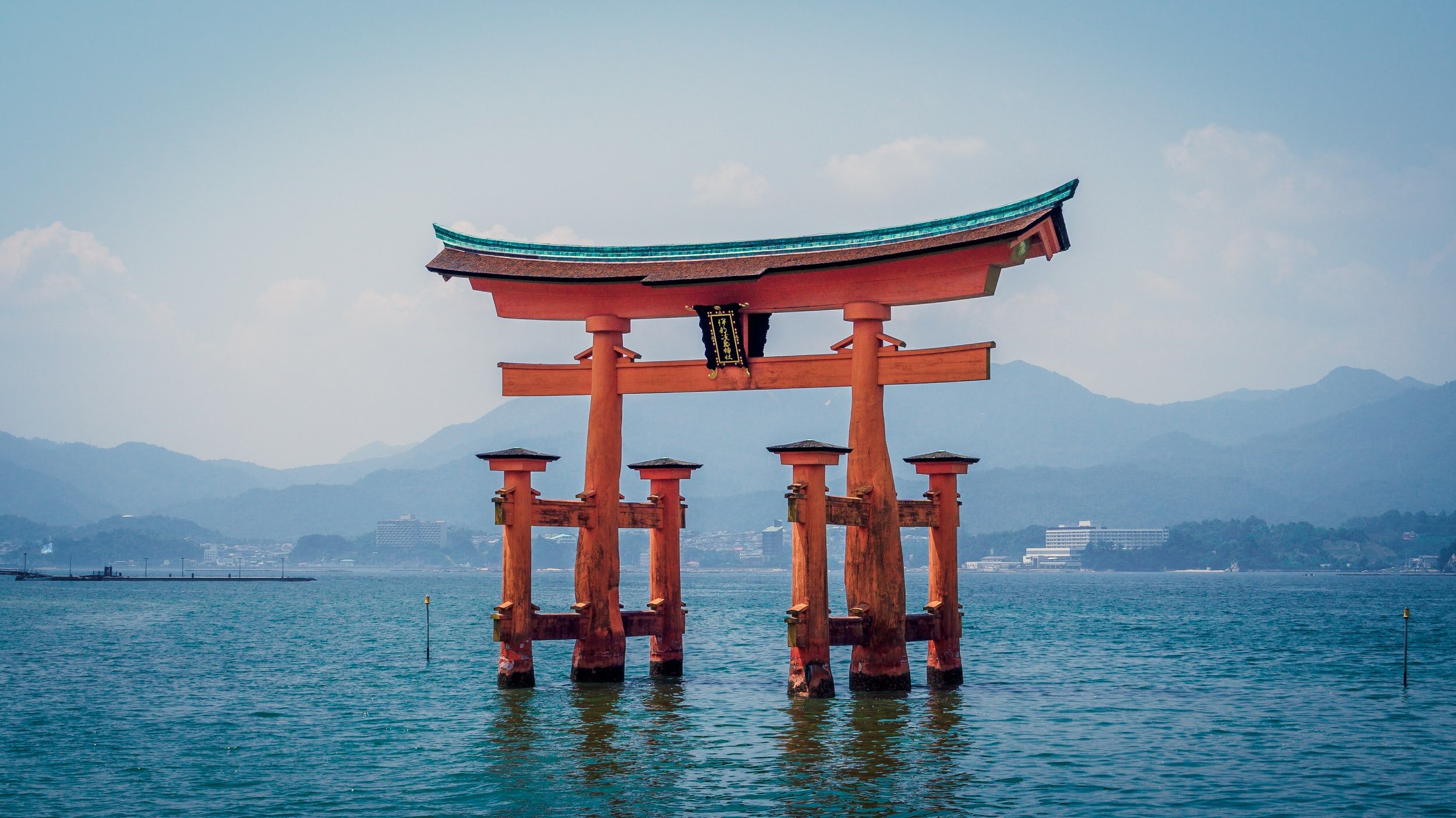
Japan
Harmony, resilience and uniqueness: explore the many sides of Japan sustainably.
From Tokyo sky-line to remote rural regions, Japan has so much to offer for travellers. The History of the country made this destination, its culture and traditions so unique.
With 70% of its territory covered by mountains and forest, the archipelago offers a diversity of landscape which makes it perfect for nature-based tourism and ecotourism.
Japan
About 35,000 BCE, the first humans arrived in Japan from the mainland when Hokkaido's northwestern tip was connected to Russia's easternmost ranges.
The Jomon era, Japan's first written period, was founded on the evidence of cord-marked pottery and the beginnings of a superficial society. The Jomon were primarily a hunter-gatherer group that thrived for over 10,000 years before being displaced by a more sophisticated race, the Yayoi, who sailed across the narrow sea from the Korean peninsula around 500 BCE.
The immigrants eventually came to rule Japan's regions from the south up to northern Honshu. It is now generally known that the Japanese are descended from interbreeding between these two early inhabitants.

Sustainability
Nature is deeply present in Japanese people’s life and thus ecotourism is a wonderful way of discovering both Japanese culture and landscape.
Japan has now its own Sustainable Tourism Standards for Destinations accredited by the GSTC proving the country’s engagement to guide destinations through implementing sustainable tourism.
Thanks to their inspiring stories and hardwork, many destinations have been selected by Green Destinations as Top 100 destinations in 2020.
Art and Architecture
Japanese architecture is a blend of regional and international influences
Wooden or mud plaster buildings raised slightly off the ground with tiled or thatched roofs have long been associated with it. The Ise Shrines have long been regarded as a model of Japanese architecture.
Tatami mats and sliding doors are used in traditional housing, and many temple buildings to blur the lines between rooms and indoor and outdoor space.
Japan has integrated much of modern Western architecture into its structure and design since the 19th century. Japanese architects did not make an impact on the international stage until after WWII.
Japanese Cuisine
Traditional Japanese recipes and local ingredients are used in a wide range of regional specialties. Classic staples include seafood and Japanese rice or noodles. Since its introduction to Japan from British India, Japanese curry has grown in popularity to the point where it can be deemed a national dish, alongside ramen and sushi. Wagashi is a term used to describe typical Japanese sweets. Red beans paste and mochi is used as ingredients. Green tea ice cream is one of the more modern flavors.
Sake, a brewed rice beverage made by multiple fermentation of rice, is a popular Japanese beverage. Shochu, the best Japanese distillate. Shochu means "burnt alcohol," which is a distilled liquor, very common in Japan. In fact, despite the popularity that sake enjoys outside this country, shochu is the most consumed drink by the Japanese. In some places, it is known as the "Japanese vodka".
Green tea is grown in Japan and is prepared in various ways, including matcha, which is used in the Japanese tea ceremony.
Lovers of fine cuisine will revel in Japan´s varied styles of cooking, from tempura, sushi, and teppanyaki to the feast of all feasts, kaiseki (a multi-course meal embodying the height of Japanese hospitality - a light meal served at the Japanese tea ceremony).
Each region of Japan has its own local specialties, which can range from seasonal mountain vegetables and other delicacies to locally caught seafood.
Gourmet-seeking cuisines from other countries will find many options in Japan as well, whether it´s a tony French restaurant or one offering delectable Indian curries. ( And remember, no tipping is necessary for any situation, including in restaurants and bars in Japan).

Harmony, resilience and uniqueness:
explore the many sides of Japan sustainably.
Sustainability recognitions
In 2020, 6 Japanese Destinations were featured in the Top 100 Sustainable Destinations Competition.
The Japan Sustainable Tourism Standards for Destinations has also recently achieved the GSTC-Recognised Standards Status.

Tourism & People
Like many destinations, Japan has many hotspots for tourism that can quickly become overcrowded.
And the situation usually worsens during peak season, in Spring and Autumn particularly.
But one of the most compelling attributes of Japan is its people, who are legendary for their honesty and kindness to visitors. Visitors can expect everyone from store clerks to taxi drivers to waiters to be honest, trusthworthy, and hospitable.
Residents are however always very keen and always happy to introduce their customs and traditions to visitors, and Japan stays one of the safest country to visit. Human rights are well respected.
Ecological Practices in Japan

Get in touch.
More information Planing your visit to Japan.
My website provides basic information about sustainable destinations and offers you the possibility to book on your own on globally verified booking platforms or directly with the hotel.
Nevertheless, in case you have any questions or special inquiries you would like me to assist you with, please do not doubt to contact me, It will be my pleasure to help you.
From my side, I can assist you in researching special offers, Personalized experiences, contacting local guides, manage your hotel booking or any other particular request you may have regarding your travel preparation.
Every hotel group has its categories, special offers, or rates that can match your needs perfectly: your budget, your expectations or special enquires (secluded area, sea views, surprise for your travel companion, restaurant, or activities bookings in the area during your stay…)
I insist, do not doubt to contact me, I will be pleased to assist you watever your special needs may be.




